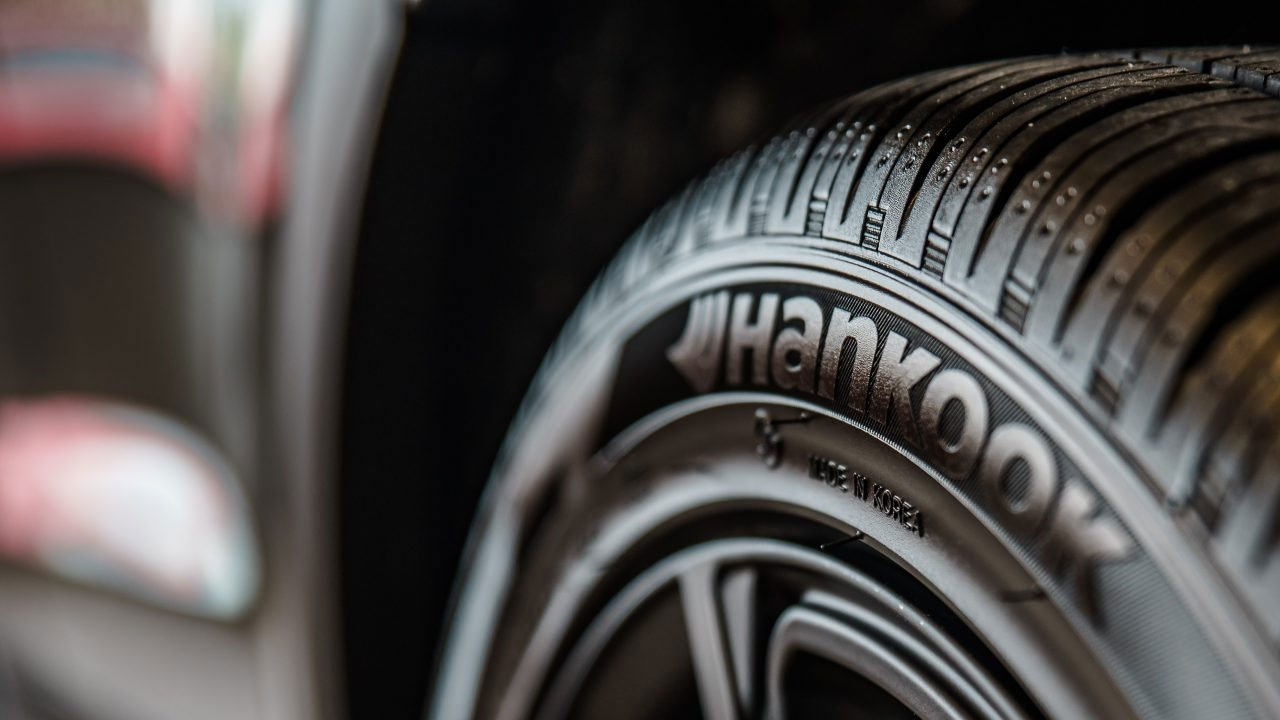While not that common, tyre blowouts still can and do occur. If your tyre fails while you’re on the road, it can be a daunting experience and potentially dangerous if you don’t know how to deal with it. Although there are ways you can reduce the likelihood of a burst tyre in the first place, it’s a good idea to be prepared in case the worst does happen. The best thing to do is to remain calm, try to maintain control of the vehicle and pull over safely to the side of the road. However, this is often easier said than done. To help you handle a tyre blowout and get back on the road, here are some of the most important do's and don’ts.
Don't neglect your tyres
Like most things, prevention is better than cure. While blowouts are often unexpected, one of the most common reasons why they happen is because the tyres haven’t been properly maintained. We’re all guilty of driving up curbs or over potholes from time to time, but neglecting your tyres for too long is likely to spell disaster. Checking your tyres regularly, including the spare, is crucial to ensure that they’re in good working order and safe for the road. Every month or so, and before and after long journeys, take the time to inspect your tyres and look out for any signs of cuts, rips and bulges. If you find that your tyre is damaged, you’ll need to take it to an expert who will be able to repair or replace it.
Do check the pressure and tread depth
Tyre failure can be caused by under-inflated tyres, so take care to carry out regular checks with a pressure gauge to ensure they have enough air in them. Make sure you don’t over-inflate your tyres though as this can also be dangerous and increase the risk of blowouts. If you’re not sure what the recommended pressure for your tyres is, look at the inside of the driver’s door, under the petrol cap, or in your owner’s manual. Bear in mind that the recommended tyre pressure will vary according to the weight of the load your car is carrying.
It’s important to frequently check the tread depth too. The legal minimum for tread depth is 1.6mm across the central three quarters of the tyre and around the entire circumference. If it reaches this or goes below it, the tyre will need to be replaced.
Don't slam on the brakes
If one of your tyres does suddenly give way, your natural inclination may be to hit the brakes. However, doing this is not recommended as it can actually be more dangerous and cause you to lose control of the car. Instead, ease off the brakes and allow the drag of the burst tyre to slow your car down naturally. You may in fact need to gently apply the accelerator pedal in order to steady the vehicle. Even though it might feel unnatural to do this, remember that the blown tyre will prevent the car from speeding up too much. When the car is stable, you can use engine braking by changing to a lower gear if necessary.
Do drive in a straight line
Another natural reaction when a tyre blows will be to immediately pull over to the side of the road or onto the hard shoulder. However, this can be dangerous. Turning the steering wheel too quickly before the vehicle has had a chance to slow down can cause the car to spin out of control, especially if the failed tyre is located at the rear of the car. If the vehicle pulls to the left or right, try not to turn away from it. Instead, keep the steering wheel straight and avoid veering off to the side until the car has slowed down. When the car has come to a safer speed, you can then begin to ease over to the side of the road after checking that it’s safe to do so.
Don’t forget your hazard warning lights
When you’ve come to a standstill, it’s important to know what steps to take to avoid putting yourself and others at risk. Turning on your hazard lights helps to signal to other drivers that there’s an emergency and that you have stopped. However, try to resist diverting your attention to your hazard lights while you’re still on the road and instead focus on driving in a straight line and slowing down. If it’s safe to do so, put a warning triangle at least 45 metres behind your vehicle once you have stopped - unless you’re on a motorway hard shoulder.
Do change the tyre safely
If you decide to change the punctured tyre yourself, it’s important to make sure other drivers are aware you’re there and that you give yourself enough room to do it away from traffic. You can use your owner’s manual for guidance on where to find your spare tyre and how to change it. Bear in mind that spare tyres are not designed for permanent use and cannot handle long distances or high speeds, so you’ll need to get it swapped with a new one as soon as possible. If you don’t know how to change your tyre or you don’t feel confident enough to do it yourself, call for roadside assistance and remain in a safe place while you wait for them to arrive.
There’s no getting around the fact that an unexpected tyre blowout can be frightening. However, by making yourself aware of the do's and don’ts and by following tips like these, you stand a much better chance of being able to deal with it if it does happen and reduce the likelihood of a road accident.
Courtesy: tyreplus.co.uk

